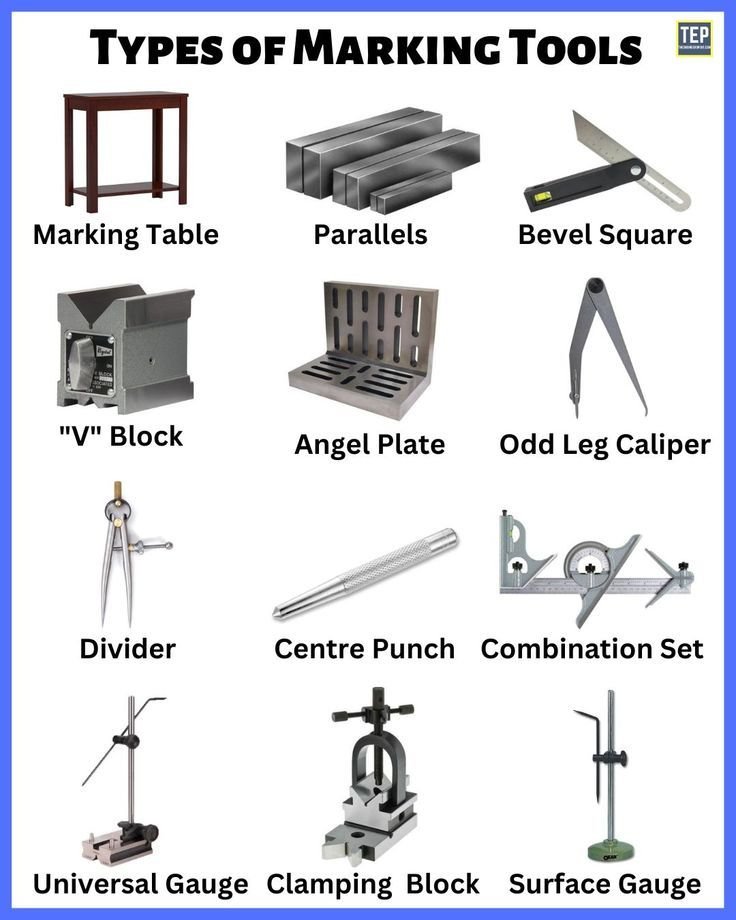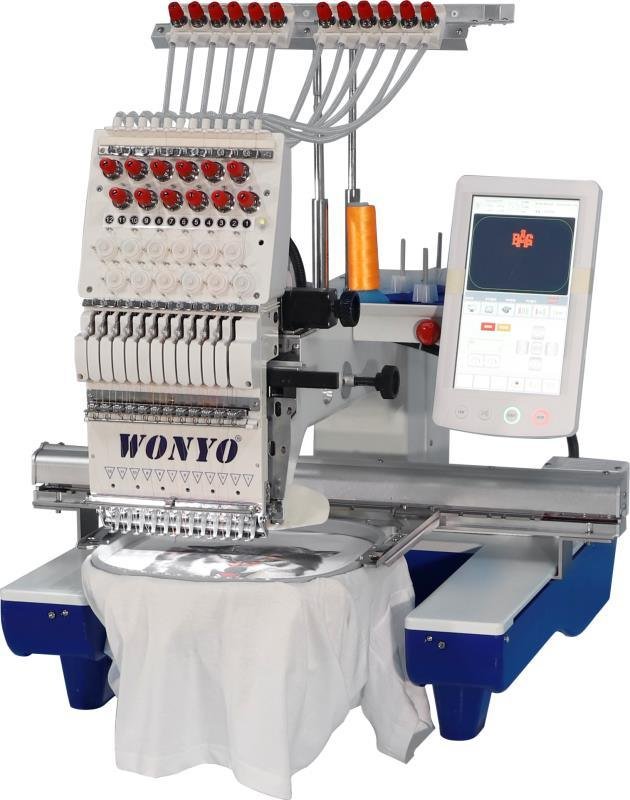Marking out tools are the unsung heroes of every craftsman’s arsenal. From precision to accuracy, these tools hold the power to transform a simple project into a work of art. Whether you’re a woodworking enthusiast or a metalworking maestro, the right marking out tools can make all the difference. Imagine a world where every line is crisp, every angle is precise, and every cut is flawless – that’s the realm where marking out tools reign supreme. So, let’s delve into the world of marking out tools and unveil the magic they bring to the craftsman’s fingertips.
Exploring the World of Marking Out Tools: A Detailed Guide
Introduction to Marking Out Tools
Marking out tools are essential instruments used in various industries, such as woodworking, metalworking, and construction. These tools play a crucial role in accurately transferring measurements and creating precise markings on different materials. In this comprehensive guide, we will delve into the world of marking out tools, exploring their types, uses, and importance in various applications.
The Importance of Accuracy in Marking Out
Accurate marking out is the foundation of any successful project. Whether you are cutting wood for a DIY project or fabricating metal components for industrial machinery, precise measurements and markings are vital. Marking out tools help ensure that each cut or drill is made at the right place, resulting in a professional finish and minimizing errors.
Types of Marking Out Tools
1. Tape Measures
Tape measures are among the most basic yet indispensable marking out tools. They come in various lengths and materials, such as steel or fiberglass. Tape measures are used to take measurements along straight lines or around curved surfaces accurately.
2. Squares
Squares are tools with a right-angle shape, commonly used for checking and marking out perpendicular lines. They are available in different types, including try squares, combination squares, and engineer’s squares, each serving specific purposes in marking out tasks.
3. Marking Gauges
Marking gauges are precision tools used for marking lines parallel to an edge or surface. They consist of a fence that can be adjusted to set the distance from the edge, allowing for consistent and accurate markings during woodworking or metalworking projects.
4. Center Punches
Center punches are used to create a small indentation in a material, providing a starting point for drilling or cutting operations. They help prevent drill bits or cutting tools from wandering off center, ensuring precise holes and cuts.
5. Chalk Lines
Chalk lines are tools used for marking long straight lines on surfaces quickly. They consist of a reel of string coated with chalk powder, which leaves a visible line when snapped onto a surface. Chalk lines are handy for layout work in construction and carpentry projects.
Best Practices for Using Marking Out Tools
1. Maintain Sharpness
Ensure that the cutting edges of marking tools such as knives and pencils are sharp. Dull tools can lead to inaccurate markings and imprecise cuts. Regularly sharpen or replace the cutting tips to maintain precision.
2. Check for Accuracy
Before making any permanent markings, double-check your measurements and alignments. Use squares or other measuring tools to verify the accuracy of your layout before cutting or drilling into the material.
3. Practice Consistency
Consistency is key to achieving uniformity in your markings. Use marking gauges or other adjustable tools to set the same dimensions repeatedly throughout your project, ensuring a professional and cohesive end result.
4. Secure the Material
When marking out on a material, make sure it is securely clamped or held in place to prevent shifting or wobbling during the marking process. This will help maintain accuracy and prevent errors in your layout.
Common Mistakes to Avoid
While using marking out tools, it’s essential to be aware of common mistakes that can lead to inaccuracies in your project. Some of the typical errors to avoid include:
– Inconsistent measurements
– Ignoring the grain direction in woodworking
– Using dull marking tools
– Over-reliance on visual estimation without proper measuring tools
Marking out tools are indispensable companions in any project that requires precision and accuracy. By understanding the types and uses of these tools, as well as following best practices for their use, you can elevate the quality of your work and achieve professional results. Remember, accuracy starts with the right tools and techniques, so invest time in mastering the art of marking out for successful projects every time.
Mastering Accuracy: A No-BS Guide to Marking and Measuring Tools
Frequently Asked Questions
What are marking out tools used for?
Marking out tools are utilized in the workshop to accurately measure and mark materials for cutting, shaping, or drilling. These tools help ensure precision and consistency in a variety of manual tasks.
Which marking out tools are commonly used in woodworking?
In woodworking, common marking out tools include tape measures, rulers, marking gauges, marking knives, carpenter’s pencils, and squares. Each tool serves a specific purpose in accurately marking wood for cutting and shaping.
How can marking out tools improve the quality of woodworking projects?
By using marking out tools, woodworkers can achieve precise measurements and markings, resulting in accurate cuts and joints. This precision ultimately enhances the overall quality and professional finish of woodworking projects.
Final Thoughts
In conclusion, marking out tools are essential for accurate and precise measurements in various projects. Whether using a tape measure, chalk line, or marking pencil, these tools ensure proper alignment and layout. Embracing the right marking out tools will enhance efficiency and yield more professional results. Choose the right tools for your project and watch as accuracy becomes second nature.





